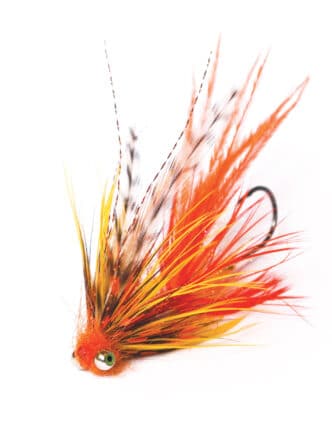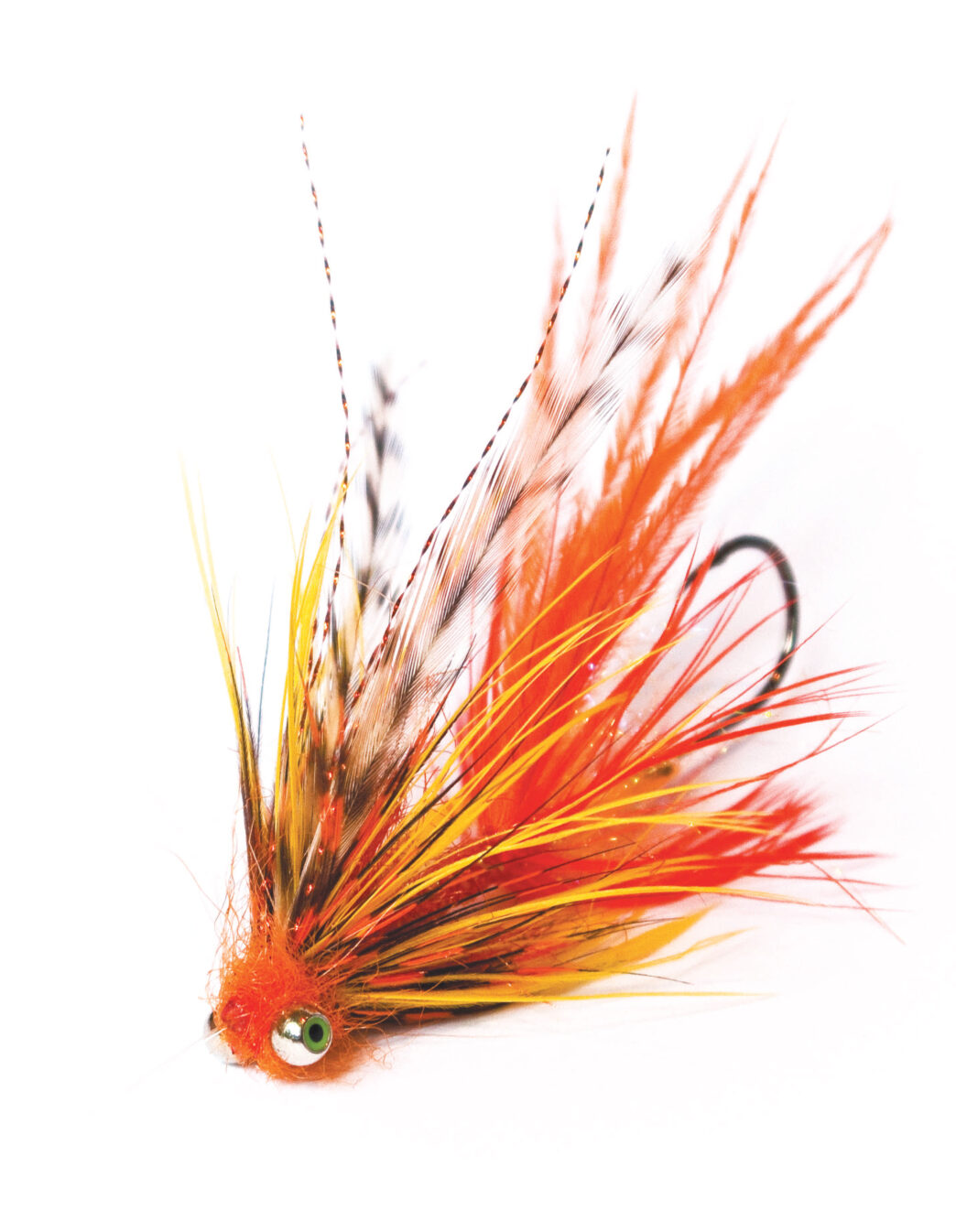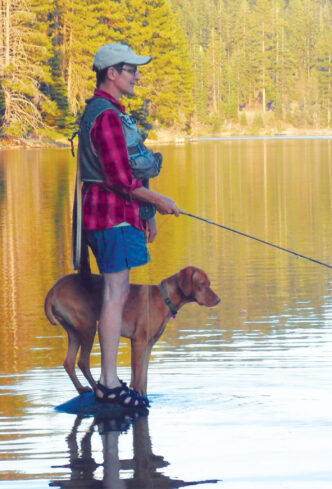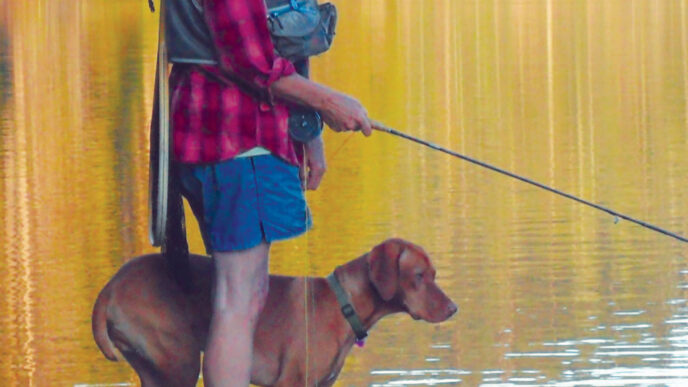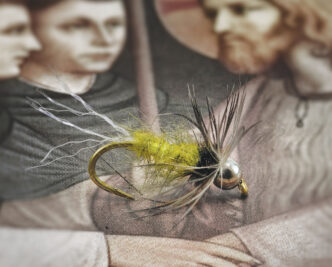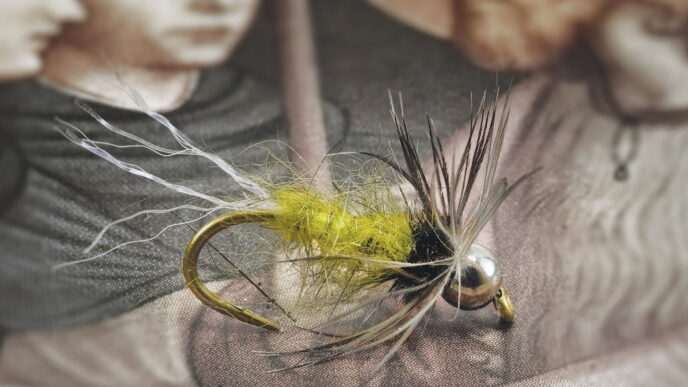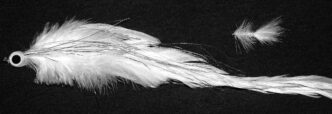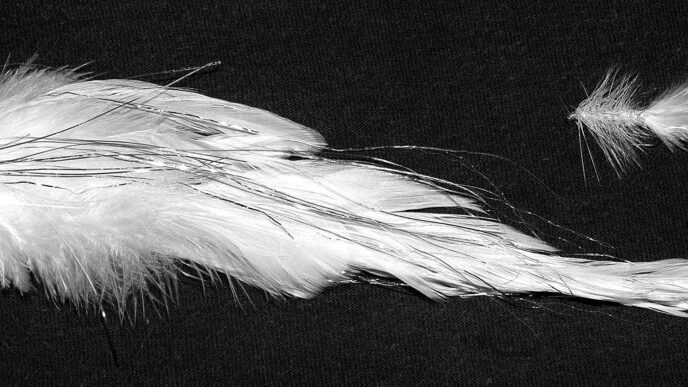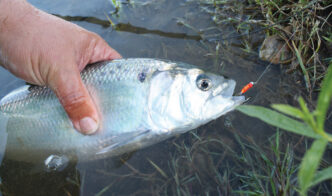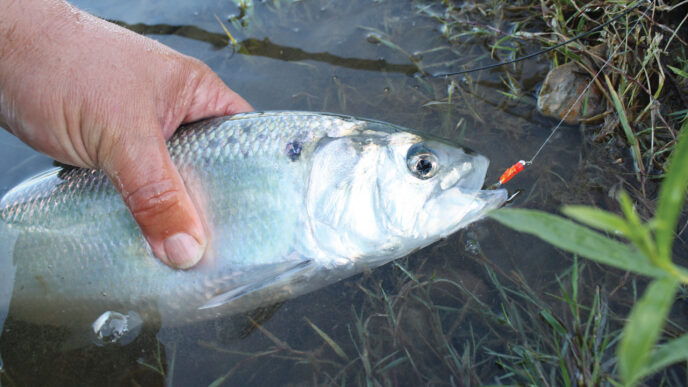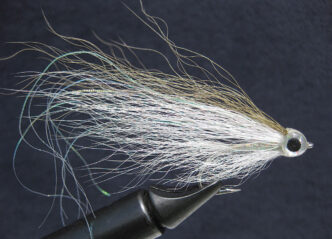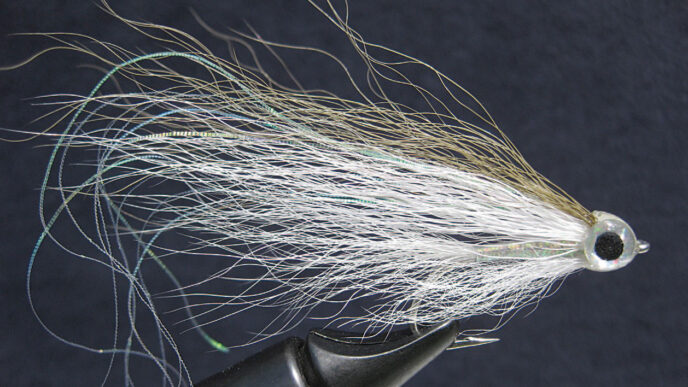A long the coastal rivers of British Columbia, Washington, Oregon, and Northern California, the times are a-changing, and they’re a-changing fast. In recent years, steelhead fly fishing has taken on a sort of sizzle. It’s not exactly trendy. The rewards are too random and hard won for that. But among a certain set, it has become a nearly cultish lifestyle choice. Today, there is a buzzing, tattooed cadre of young dudes (including a growing number of righteous females) who, at first glance, would appear to have more in common with hip-hop boarders and extreme-sport junkies than with the old-school woolly types. They have their own slang, style of attire, and blazing-logo attitude. Yeah, chasing chrome is hip, and well, I’m totally cool with that.
Why the change? It’s one part revolution and two parts evolution. The new generation has a fresh attitude, for sure — fueled by Internet social media and a steady stream of high-energy highlight videos — but they also have manufacturing technology on their side, and they’re not afraid to use it.
Though wild steelhead numbers have plummeted from historical levels, those in the know are still catching fish. Like never before, the modern steelheader has cutting-edge gear within relatively easy reach. We have essentially weightless, super functional synthetic clothing to keep us warm, dry, and fishing in the foulest weather; waders that breathe and fit like a tailored suit; jackets that practically repel rain; incredibly light and effective two-handed rods to keep us casting for days without fatigue, all the while launching 100-foot bombs and controlling swings with military precision. We have hyper engineered lines of nearly infinite taper configurations and densities to get our flies deeper than ever in heavy flows; and we have new flies — oh, those sexed-up flies — so tricked out and soaked in voodoo that no anadromous predator can resist moving for a mouthful.
Many aspects of twenty-first-century steelhead fly fishing are truly new and exciting, and it can seem the old SonomaMendocino-Humboldt ways are slipping into foggy history, along with the Eel’s lost August–September runs. But hold on. Not so fast. There is a major thread in the fabric of modern steelheading that bears closer inspection.
As with many in the newer generation, I’ve been wholly seduced by the recent wave in fly design. It began with Ed Ward’s Intruder. For me, seeing Ward’s megafly featured in a 2002 issue of Fish & Fly magazine was a game changer. From that moment, I’ve not been able to look at or think about a steelhead or chinook fly in quite the same way. The now-ubiquitous Intruder’s primary design principle — build a large profile with minimum material to maximize castability, sink rate, and attraction while employing a smaller hook to hold fish more securely — sent a lot of us to the vise invigorated with an inspired approach and high hopes for wrapping magic around a hook shank. But the Intruder has evolved.
Pick up a typical oversized steelhead bug today and have a look under those long, flowing fibers. Study some of the newer variations — “Intruder” is now more a style than a specific pattern. You’ll see the general direction is toward smaller and sparser renditions, flies that still wiggle like a Hawaiian dancer, but because of certain design considerations and restraint in material usage, sink like a stone. If you’re at all familiar with California’s steelheading history, you’ll notice a trend. These flies are beginning to resemble something very familiar.
In Steelhead Fly Fishing and Flies, sometime around 1976, Trey Combs wrote: “Use of the comet type fly is easily understood, for it is compact, sinking to a fishing depth in short order, carrying flash, color and overall attractiveness to deep water holding stations.”
Hmmmm. . . .
And then, reading on, “When, during the early 1950’s, fluorescent materials began coming into steelheading use, the future popularity of comets was assured. In the opinion of many expert anglers, it is the greatest fluorescent type of fly yet devised for the winter season.”
To my eye, the more steelhead wet-fly design has changed in recent years, the more it has circled back — on a larger scale — to the fly that, more than any, symbolizes the heyday of steelhead and salmon fishing in California. That fly of course is the Comet. Like the Intruder, the Comet was so popular and variations were so numerous that it became known as a style of fly, more so than any one particular recipe would produce.
Again quoting Combs, this time around 1991 in Steelhead Fly Fishing, “The original Comet was all orange with a bucktail twice the length of the hook. Bead-chain eyes and an underbody of lead wire were added to help take the fly down. So many variations quickly followed the original that ‘Comet’ gained a generic connotation, and a fly was sometimes said to be tied in the Comet style.”
I would add that perhaps most importantly, the original Comet design featured a nonabsorbent body of wrapped tinsel that made it easy to cast and quick to sink. And it’s this key feature that many of today’s most effective steelhead flies utilize.
To complete this exercise in connecting steelheading’s historical dots, sit down at your vise and tie a fly in the Comet style several times the size of what you might envision to be the original Comet size. Tie this monster Comet on a tube or on a shank with a loop of braid to hold a trailing hook and substitute materials such as ostrich in place of bucktail and large guinea and/or wide, webby schlappen instead of saddle hackle. To support the soft ostrich herls at the tail, you’ll need a dubbing ball and possibly a collar of hackle. For the body, use nothing more than wrapped tinsel, Diamond Braid, or the like. Up front, you similarly may want to add another dubbing ball to support the larger collar. Top it off with a wing of synthetic flash strands and more ostrich herl, and you have an effective steelhead fly that we now would say is tied in the generic Intruder style.
But why stop there? To make the new steelhead fly even more attractive and possibly more effective, add a little more contrast and movement by leaning on another Northern California classic, the Silver Hilton. Along with Syd Glasso’s Orange Heron and Bill McMillan’s Winter’s Hope, the Hilton is the most notable traditional steelhead fly to incorporate a full-feather wing. Where Glasso and McMillan relied on solid-color hackle tips for wings, the much older Hilton, originating in the first half of the twentieth century for use on the Klamath and Trinity Rivers — possibly as a darker-toned option on C. L. “Outdoor” Franklin’s Chappie — uses barred grizzly hackle tips.
Do wings of barred grizzly hackle feathers make a huge difference in the effectiveness of the fly? I don’t know. But I do know that whenever I add them to a fly as a wing or on each side as flanking, I immediately feel my confidence in the fly increase twofold. And whenever I do add them, I think fondly of the Silver Hilton, as well as my own variations, such as the Shadow Hilton and Autumn Hilton — and the many good days I’ve had swinging these flies on the Trinity River.
California, though your epic days of steelhead fly fishing may be long past, victim to development, growth, and what some have called “progress,” your impact is still felt throughout the Pacific Northwest — maybe more now than for quite some time. Though I doubt that all of us in the modern Cult of Mykiss are yet aware, we owe a major debt of thanks to the Comet and the Hilton and to those anglers and tyers who sat down with a bobbin and thread, thrilled to be on the cusp of discovery — and headed out to the river with a hot new fly.



